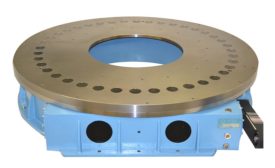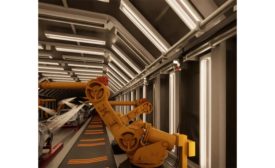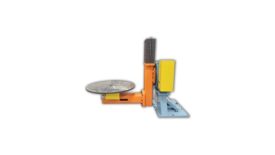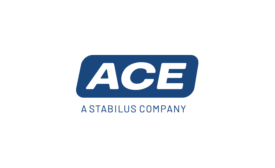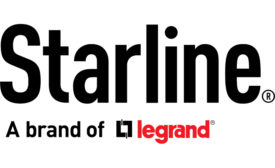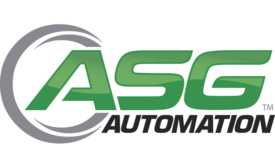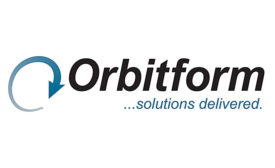White Papers
Click here to browse informative reports from our advertisers on new assembly technologies.
ARTICLES
Sponsored Content
Track Busway Offers Customizable, Flexible, and Scalable Power Distribution for Harsh Environments
March 1, 2024
advertisement
Advantages of Precision Link Indexing Conveyors for Medical Device Manufacturing
June 6, 2023
advertisement
Use an engineered approach to tailor a perfect standard gas spring for your design
June 6, 2023
advertisement
When to Automate: A Closer Look at the Most Frequent Automation Applications
December 5, 2022
advertisement
LFA HSP Series - When Precision meets High Speed Performance
December 4, 2022
Never miss the latest news and trends driving the manufacturing industry
Stay in the know on the latest assembly trends.
JOIN TODAY!Copyright ©2024. All Rights Reserved BNP Media.
Design, CMS, Hosting & Web Development :: ePublishing
